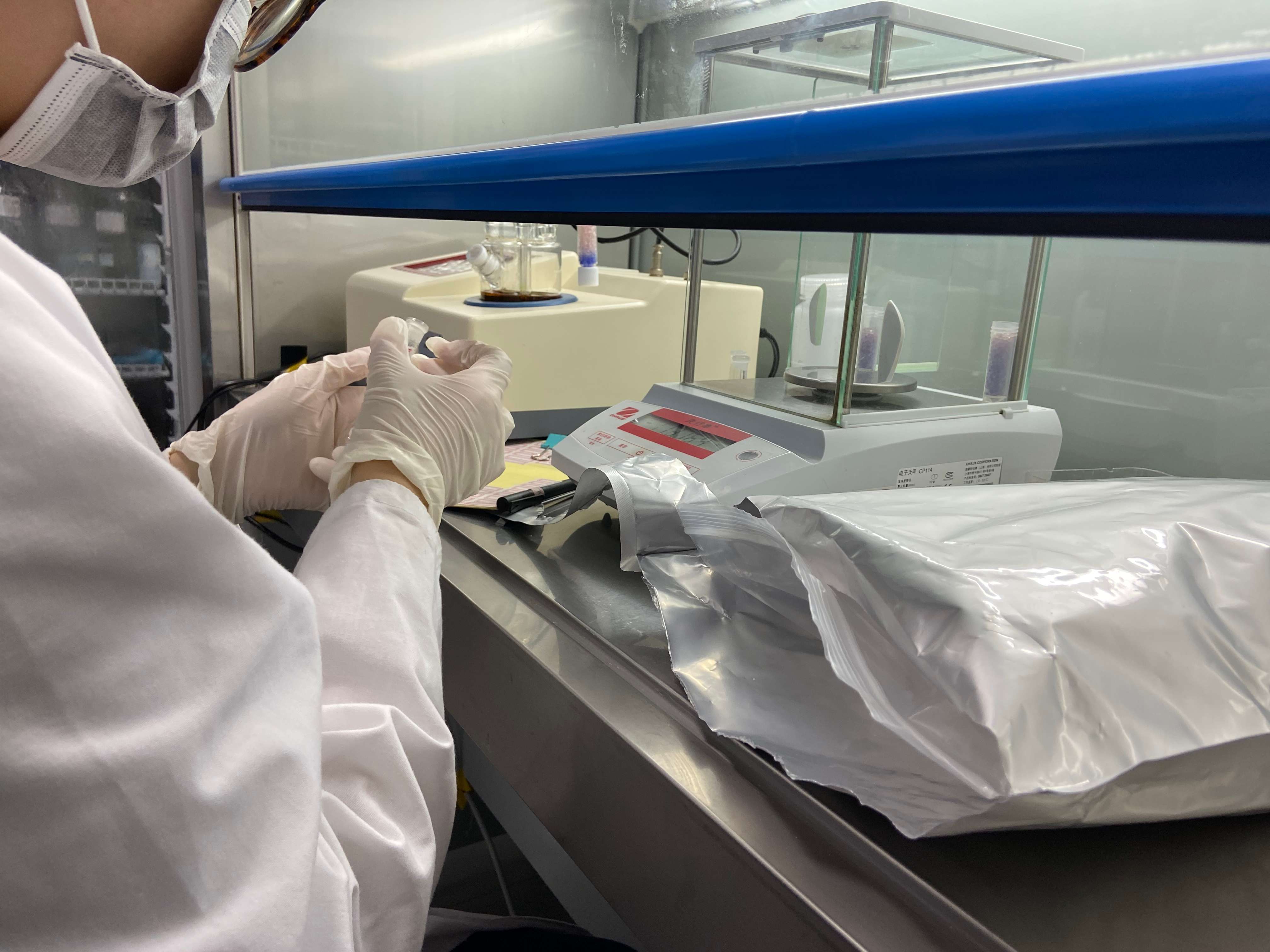Pseudo-proline dipeptides contain oxazoles formed from serine or threonine. When treated with trifluoroacetic acid (TFA), the oxazoles are converted to serine or threonine. The oxazoles have structural similarity to proline and are thus named pseudo-proline. Like proline, pseudo-proline forms a "kink" in the peptide's polyamide backbone. This kink disrupts the interchain hydrogen bonds responsible for aggregation. Incorporating pseudo-proline into the peptide sequence improves coupling efficiency, thereby enhancing the purity and yield of the peptide. Coupling to pseudo-proline is difficult and the coupling yield is usually low. Therefore, pseudo-proline is used as a pre-formed pseudo-proline dipeptide in peptide synthesis.
Pseudoproline is stable under weakly acidic conditions. Peptides containing pseudoproline can be prepared on 2-chlorotrityl resin or Sieber resin and cleaved in the presence of pseudoproline.
Compared with the corresponding standard peptides, peptides containing pseudo-proline have better solubility. This makes peptides containing pseudo-proline easier to purify and use in fragment condensation reactions. In addition, peptides with pseudo-proline at the C-terminus can be coupled without racemization of the C-terminal residue.

The knot caused by pseudo-proline in linear peptides helps to form cyclic peptides. It has been reported that the addition of pseudo-proline can increase the yield of cyclic peptides and accelerate the cyclization reaction.
Pseudo-proline disrupts hydrogen bonds in the peptide backbone.
Pseudo-proline disrupts hydrogen bonds between peptide chains.
Pseudo-proline blocks the formation of asparagine by-products and those produced by the formation of asparagine. It is used in the semi-synthesis of the R2 subunit of Escherichia coli ribonucleotide reductase. This method has also recently been applied to the synthesis of the glycopeptide domain of erythropoietin.
Guidelines for the Use of Pseudoproline Dipeptide
If possible, insert a pseudo-proline before the hydrophobic region.
There should be at least two amino acids between pseudo-proline residues or between pseudo-proline and proline.
The optimal spacing is 5 to 6 amino acids between pseudo-prolines or between a pseudo-proline and a proline.
Post time: 2025-08-13
